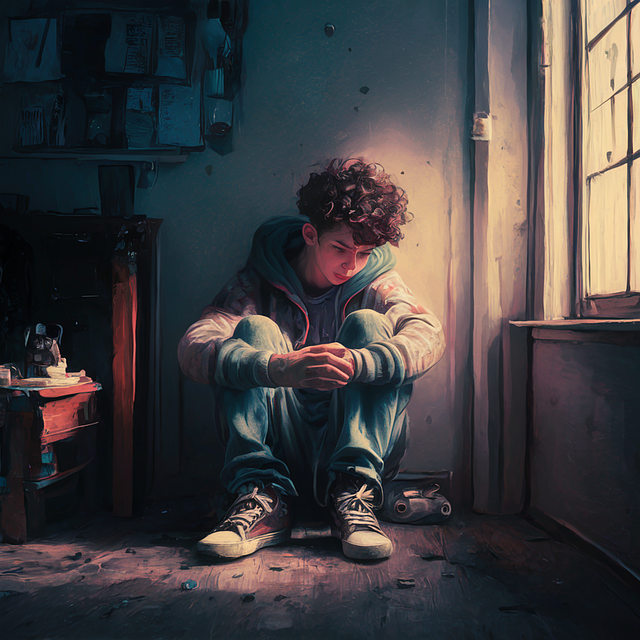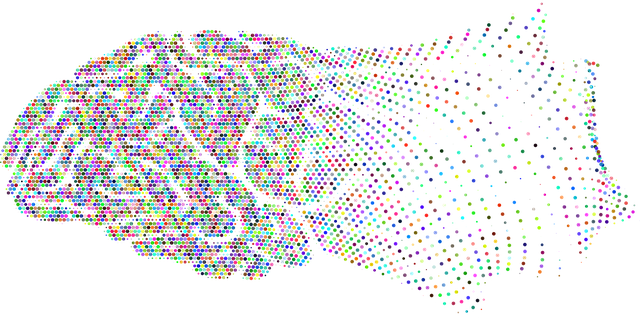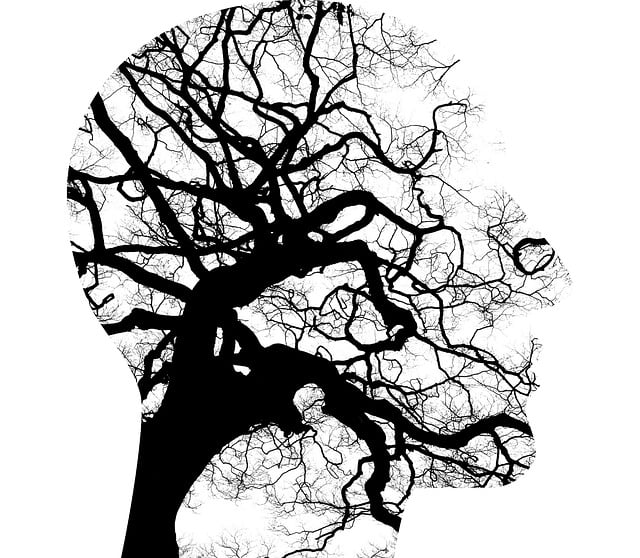Greenwood Village Anger Management Therapy emphasizes the paramount importance of risk understanding and management in mental health practice for patient safety and effective care. By assessing historical self-harm, current emotional states, and environmental factors using Crisis Intervention Guidance, therapists identify potential hazards and create supportive environments that foster inner strength and self-esteem. Continuous risk evaluation and adaptive treatment plans are essential to mitigate risks, prevent burnout, and ensure long-term well-being for both professionals and clients, ultimately enhancing therapeutic outcomes.
In the dynamic field of mental health care, effective risk management planning is paramount. This article guides Greenwood Village Anger Management Therapy professionals through a comprehensive approach to navigate potential risks and hazards. From understanding the unique challenges of mental health practice to developing robust strategies for safe therapy delivery, each step is crucial. We explore identifying vulnerabilities, creating tailored risk management plans, implementing safety protocols, and continuously adapting practices based on evolving needs. Embrace these insights to enhance patient well-being and foster a secure therapeutic environment.
- Understanding Risk in Mental Health Practice
- Identifying Potential Hazards and Vulnerabilities
- Developing a Comprehensive Risk Management Plan
- Implementing Strategies for Safe Therapy Delivery
- Continuous Monitoring and Adaptation
Understanding Risk in Mental Health Practice

In mental health practice, understanding risk is paramount to ensuring patient safety and fostering effective therapy. Risk can manifest in various forms, from a patient’s history of self-harm or suicide attempts to their current emotional state and environmental factors. Mental health professionals, including those providing Greenwood Village Anger Management Therapy, must be adept at assessing these risks to deliver tailored care. Crisis Intervention Guidance plays a crucial role here, helping to identify immediate dangers and guide practitioners in responding swiftly and appropriately.
By recognizing potential hazards, therapists can create a supportive environment that encourages clients to explore their inner strength and work towards self-esteem improvement. This proactive approach not only mitigates risks but also empowers individuals to navigate life’s challenges more effectively. It’s essential for professionals to stay vigilant, continuously evaluate risk levels, and adapt treatment plans accordingly, thereby fostering a safe and therapeutic space.
Identifying Potential Hazards and Vulnerabilities

Identifying potential hazards and vulnerabilities is a critical step in risk management planning for mental health professionals, especially those offering services like Greenwood Village Anger Management Therapy. The dynamic nature of human emotions and the sensitive information shared during therapy sessions necessitates a thorough assessment. Mental health practitioners may face various risks, including emotional burnout, secondary trauma, or even physical hazards in certain settings.
A comprehensive risk assessment should consider both internal and external factors. Internally, this includes recognizing the impact of heavy caseloads, lack of self-care practices, and unaddressed personal biases on a therapist’s well-being. Externally, it involves evaluating potential threats like workplace violence or unauthorized access to patient records. By acknowledging these hazards, mental health professionals can proactively implement strategies for burnout prevention and enhance their ability to provide safe, effective care.
Developing a Comprehensive Risk Management Plan

Developing a Comprehensive Risk Management Plan is an essential step for mental health professionals to navigate the complex landscape of their practice. At Greenwood Village Anger Management Therapy, we understand that managing risks goes beyond simply identifying potential hazards; it involves creating strategic interventions and protocols tailored to each unique professional’s needs. This holistic approach encompasses various aspects, including establishing clear boundaries, implementing self-care routines, and adopting effective burnout prevention strategies for healthcare providers.
By integrating confidence-boosting techniques into their daily practices, mental health professionals can better manage stress and maintain resilience. Equally important is the development of a structured self-care routine that supports better mental health. These proactive measures are vital in mitigating risks and ensuring the long-term well-being of healthcare providers, enabling them to offer consistent and compassionate care to their clients.
Implementing Strategies for Safe Therapy Delivery

Mental health professionals play a crucial role in fostering well-being and managing risks within their practice settings. Implementing strategies for safe therapy delivery is an essential component of comprehensive risk management planning, especially as they navigate complex client needs. By integrating evidence-based techniques, healthcare providers can ensure a nurturing environment that promotes healing and growth while mitigating potential hazards.
For instance, Greenwood Village Anger Management Therapy emphasizes the importance of tailored interventions to address anger-related issues effectively. This approach considers individual differences and cultural backgrounds, ensuring that coping skills development is culturally competent. Similarly, focusing on anxiety relief through specialized techniques can significantly enhance client outcomes. Healthcare provider cultural competency training, coupled with regular updates on best practices, equips professionals to deliver safe and inclusive therapy sessions, catering to diverse populations.
Continuous Monitoring and Adaptation

Mental health professionals understand that client needs are ever-evolving, which is why continuous monitoring and adaptation are crucial components of risk management planning. This dynamic process involves regularly assessing clients’ progress, identifying potential risks or triggers, and promptly adjusting treatment strategies accordingly. By staying attuned to each individual’s unique challenges and improvements, therapists can ensure their interventions remain effective and relevant.
At Greenwood Village Anger Management Therapy, we emphasize the importance of this adaptive approach in fostering successful emotional healing processes. Through ongoing communication with clients, therapists gain valuable insights into their day-to-day experiences, allowing for the implementation of tailored strategies to boost confidence and manage stress effectively. This proactive monitoring enables professionals to navigate any emerging issues promptly, ensuring client safety and well-being at all times.
Mental health professionals, like those offering Greenwood Village Anger Management Therapy, must prioritize risk management to ensure a safe and effective therapeutic environment. By understanding the unique risks within their practice, identifying potential hazards, and developing a comprehensive plan, therapists can foster a supportive space that promotes healing. Implementation of strategic safety measures and continuous monitoring are key to adapting to evolving challenges, ultimately benefiting both practitioners and clients.














